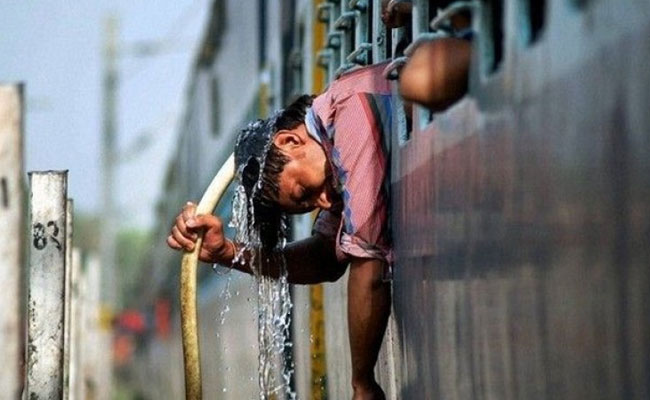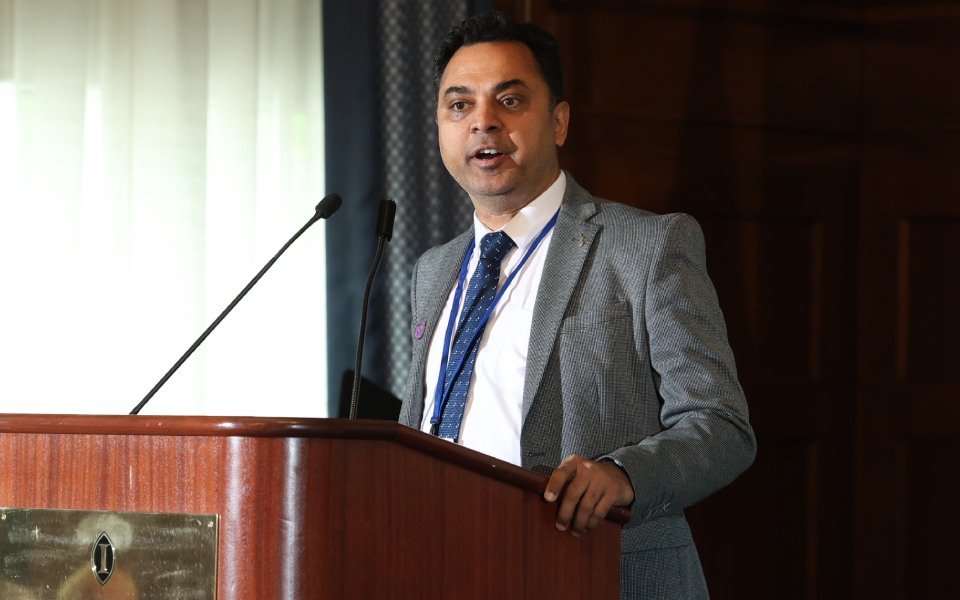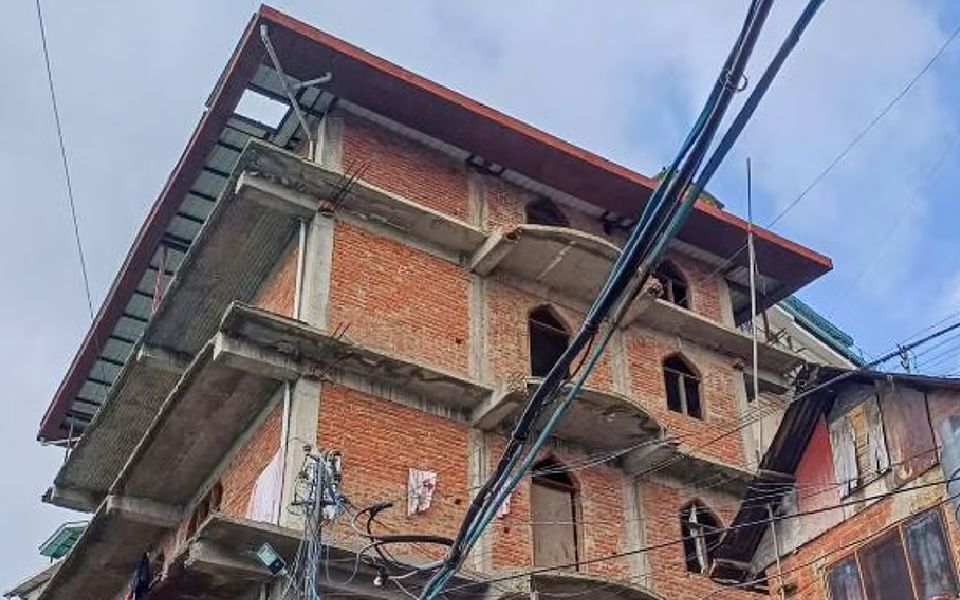New Delhi (PTI): The India Meteorological Department (IMD) on Friday started issuing heat index for different parts of the country on an experimental basis, taking into account the air temperature and relative humidity.
In addition to giving the day's minimum and maximum temperatures, the heat index, mainly for the plains, will give people "a sense of what the temperature actually feels like".
"We are utilising the temperature and humidity data at 2:30 pm for the heat index and the forecasts as the maximum temperature occurs at that time," IMD Director General Mrutyunjay Mohapatra said at a Media Workshop on Weather and Climate here.
Currently, the weather office uses a formula of the National Oceanic and Atmospheric Administration (NOAA) to calculate the heat index.
However, the heat index is yet to be validated for Indian conditions and uses the comfort levels of weather experienced by Americans in their regions.
"We have to work with the health ministry to validate the observations for Indian cities. For example, in India, 40 degrees Celsius temperature and 20 per cent relative humidity could be okay, but the same is intolerable for a person residing in the US," said M Ravichandran, Secretary, Ministry of Earth Sciences.
The heat index issued by the IMD on Friday carried a disclaimer stating "not validated for India", making it clear that it was an experimental forecast to educate people about the implications of heat on them.
Ravichandran said the index will be issued to make such data more accessible to the public for precautionary measures.
The heat index will be issued for the entire country every day in weather bulletins.
The weather office declares a heatwave when the maximum temperature crosses 40 degrees Celsius and is 4.5 degrees above normal for the day. A severe heatwave is declared when the temperature is above 40 degrees Celsius and 6.5 degrees above normal.
Let the Truth be known. If you read VB and like VB, please be a VB Supporter and Help us deliver the Truth to one and all.
Indore, May 4 (PTI): A three-year-old girl suffering from brain tumour died after her parents initiated her into the Jain religious practice of fasting unto death as advised by a spiritual leader in Madhya Pradesh's Indore.
The girl, Viyana Jain, who was their only child, breathed her last on March 21, her parents said.
Santhara, also known as Sallekhana, is a Jain ritual of voluntarily fasting unto death. As per this practice, a person gradually reduces his or her intake of food and water until death as a means of achieving spiritual purification and detachment from the world.
According to her parents, the Golden Book of World Records has taken note and issued a certificate in the name of Viyana for being "the youngest person in the world to vow the Jain ritual Santhara".
Her parents, who work as Information Technology (IT) professionals, say that they decided to make their daughter take the Santhara vow after being advised by a Jain muni (monk).
Talking to PTI on Saturday, Piyush Jain, the girl's father, said, "My daughter was diagnosed with brain tumour in January this year. She underwent a surgery, following which her health improved. But in March, her condition deteriorated and she started facing difficulty in consuming food and drinking."
On the night of March 21, he took his seriously ill daughter along with his family members to Jain monk Rajesh Muni Maharaj for darshan.
"Maharaj ji saw my daughter's condition and told us that the girl's end is near and she should be given the Santhara vow. This fast holds a lot of significance in Jainism. After thinking about it, we finally agreed to go for it," he said.
Jain said that his daughter died within a few minutes of the monk completing the religious rituals of Santhara.
He also said the Golden Book of World Records registered his daughter's name and issued a certificate of world record in which her name was mentioned as "the youngest person in the world to vow the Jain ritual Santhara".
Her mother Varsha Jain said, "I cannot describe how difficult the decision was to make my daughter take the Santhara vow. My daughter was suffering a lot due to the brain tumour. It was very painful for me to see her in this condition."
Remembering Viyana, her mother turned emotional and said, "I want my daughter to always be happy in her next birth."
In the religious terminology of the Jain community, Santhara is also called 'Sallekhana' and 'Samadhi Maran'. Under this ancient practice, a person gives up food, water and worldly things to embrace death when he or she feels that the end has come.
The debate over Santhara in legal and religious circles intensified in 2015 when the Rajasthan High Court declared the practice a punishable offence under sections 306 (abetment to suicide) and 309 (attempt to suicide) of the Indian Penal Code.
However, the apex court, while hearing petitions filed by various religious bodies of the Jain community, stayed the Rajasthan High Court order.

Parents display a certificate recognising their three-year-old daughter, named Viyana Jain, as a world record holder for undertaking 'Santhara', the Jain ritual of fasting unto death, issued by the Golden Book of World Records, in Indore. Viyana Jain was suffering from a terminal brain tumor. (PTI Photo/Harshwardhan Prakash)





